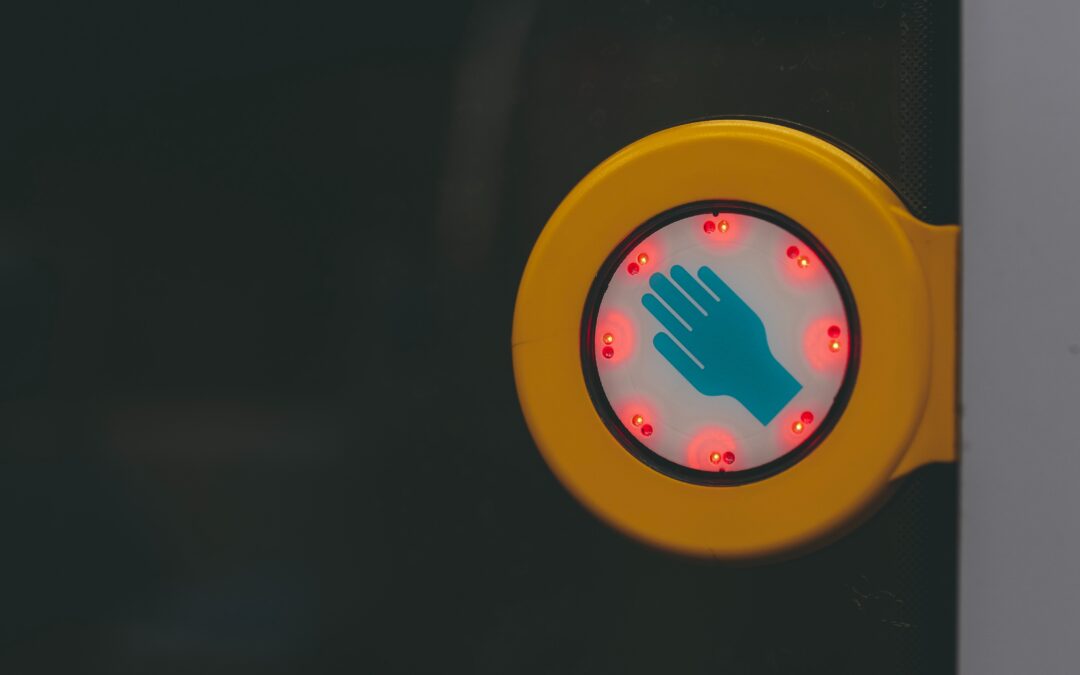Touch screen technology is widely accepted – Even in today’s climate. However, it’s worthwhile knowing your options when it comes to interactives and making an informed decision as to which you go with for your business.
Touch screens are becoming increasingly affordable and they are incredibly versatile because they aren’t impacted by anyone’s accent or appearance and aren’t affected by noise, light or crowds. Touch screens are here to stay but it’s worthwhile paying attention to some of the other technologies that are improving how we engage our audiences. Here are some of the other alternatives to touch screens that are on the market now:
Gesture Technology
This can be a fun way to engage with limited content. We say limited content because it can be difficult to display too much if your only navigation are precise gestures. The technology is still relatively limited to a few choreographed moves which be quite polarising. For some it can be an exciting way to interact, but for others it can make simple fact finding cumbersome and annoying.
At a time where everyone wants to avoid crowds and decrease dwell time, we don’t see this technology as a great investment.
Speech recognition / Voice Activation
How’s your knack for American accents? Well, this is coming about in leaps and bounds as seen by Siri and Alexa, but for the most part is still incredibly limited by vocabulary and in high noise areas may be more difficult to use. It does offer a completely hands-free alternative though!
RFID/NFC
Empower your audience to scan triggers and they can take home information that is valuable to them. Or assist with lift and learn modules, for example, lift this product and show information on it on a nearby screen.
Facial Vision
This technology uses anonymous cameras to assess the age, gender or mood of the person approaching a screen. Aside from collecting analytics it can ensure the right content is shared with the right audience.
Incorporating mobile devices
Allow for users to use their mobile devices as remotes. QR codes can allow for sharing webpages on personal devices.
An alternative way is to mirror a larger screen and allow people to control a larger screen using their own device. This comes with security concerns and can also feel like a barrier to interacting rather than a tool.
So what’s the verdict?
The current climate has fast-tracked developing these other technologies but touch screens are still the most affordable and easy to implement. There’s merit to incorporating multiple technologies so they work together to further enhance an experience. For instance, personalisation using facial vision to assess a person’s age so you can deliver more relevant content to them on a touch screen.
Finding ways for these technologies to compliment each other will lead to a richer, more personalised experience that ultimately provides more conversions because the interactions are more relevant.
Touch technology is here to stay. It is a low-cost way to accommodate the new normal of minimising human-human contact and by simply adding hand sanitising stations it remains a feasible way to engage audiences. Of course, keep an eye on these technologies as they develop but there’s a reason why touch screens work and will continue to!







